These Photos and Recipes of Authentic Thai Food Will Make You Drool for Curry
Food writer and photographer Jean-Pierre Gabriel spent 3 years traveling and developing the ultimate encyclopedia of Thai cuisine
Pad Thai, drunken noodles, Panang curry, Massaman curry, and Tom Yum are the true mainstays of American Thai cuisine. Venture into any Thai restaurant and you're likely to find most of these items on the menu, and they'll be reliably solid choices. And unlike, say, General Tso's chicken, they aren't American inventions of what Asian food theoretically tastes like. In the southeast Asian nation, Pad Thai is a street food, unlikely to be found on a formal menu, and drunken noodles are a regional dish native to central Thailand. And what most likely won’t be found on the menu of American Thai restaurants is traditional fare, including fried crickets, spicy eel soup and sun-dried squid to name a few.
With deforestation, economic developmen and a drumbeat of political unrest, Thailand is changing. And, so is its food. “Some of the taste and recipes will disappear,” says world-renowned food photographer, and writer Jean-Pierre Gabriel. “Today, most of the people are living and working in the countryside, but that will change with the younger population.”
Thailand is a culinary melting pot that has evolved into one of the freshest and most beloved cuisines around the globe. Gabriel spent three years traveling around Thailand, collecting recipes from the remotest villages to bustling restaurants, and photographing it all to develop his book Thailand: The Cookbook. The book creates a time capsule of this changing culture, an encyclopedia of its most beloved recipes. Though Thailand's current political state is among controversy, something that can be celebrated is its delicious food. Smithsonian.com spoke with Gabriel about his book.
What inspired you to go on this culinary journey in Thailand?
If you want to follow the seasons and the ceremonies, it was important to take at least one year for just collecting the recipes. We collected in total over 800 recipes, not including the chili paste, some relishes and so on. Then it was a lot of work to make the selection of just 500 recipes.
All of the photographs were taken on site. What were the challenges?
I had two styles for photographing this project, one with the ingredients and one with the dish, sometimes separate and sometimes together. The first idea for this was practicality, because I was willing to record every single ingredient used in the recipes. You have to know that the recipes were collected mostly by hand. The ladies were explaining to one of the assistants who were then taking notes in Thai. And then from Thai, we translated to English, and then I adapted the English. So, it was very important to have a way of checking the ingredients.
The idea was to reflect the daily lives of the people: to make a picture with a piece of wood, a piece of stone, a knife, or a bamboo basket. Most importantly was to create this still life and make it timeless. That is difficult to do in photography. Let us linger to the '80s and '90s, you see a photograph and say, “That’s 20 years old.” I have tried to create pictures that if you look at them in 10 years you can say it’s a nice view of today.
What are the differences between the different regions of Thailand?
The differences have mostly to do with climate. In the northeast (Isaan), they have a long dry season. So, they have maybe one crop of rice per year. Because they have small yields, they use more sticky or glutinous rice. They also need to preserve ingredients. For fish, they pickle catfish in salt. The food in Isaan is awfully spicy. It is also the part of the country where they eat the most insects and wild animals.
The north is a mix. They have some specifications that I don’t understand. Instead of using curry and cilantro they use dill, which is not used anywhere else in the country. It was quite a wealthy part in Thailand’s history, so the food can be a little more sophisticated in places. Also, on the border with Laos and Myanmar you still have people who are living a tribal way. With the influence of China you will find more noodles there, even egg noodles. From the Muslim population, you have a very different type of cuisine because they don’t eat pork. In Thailand, when you speak about a curry or chili paste, it’s always made with fresh ingredients; fresh chiles, sometimes dried chiles that have been soaked. Where in the Muslim cuisine, like for the famous Massaman curry, they use mostly dry spices.
Going to the south, they produce palm sugar and a lot of coconut. So, you will find more of the dishes using coconut. It has the most important part of the coast and therefore seafood [is everywhere.] For instance, you see the people on the beach drying squid. They use a lot of dry squid and soak them again to use in soups.
The Central plains region is mostly dedicated to rice. And, very interestingly you have the former capital of Thailand, which was called Ayutthaya. There were Portuguese in Ayutthaya. From the Portuguese the Thai people still have maybe 300 to 400 years later, desserts made only from egg yolks. This is very typical of the Portuguese traditions of dessert.
What are the similarities amongst these regions?
The techniques of cooking are pretty much the same around the whole country. The first is steaming; they steam quite a lot in Thai cuisine, some for dishes like fish cakes but mostly for the sweets. Also frying, which you find everywhere but I would say more so in the southern part and around Bangkok. What I have been impressed about frying, which you also find in China, is deep-frying a whole fish. I am always impressed by the perfection of the cooking of the flesh. It is fantastic and full of taste.
Also, very important across the whole country is the wok. Using the wok is how they build the ingredients that develop the Thai taste we know, which is the spiciness but mostly the freshness. The cuisine is very refreshing. When you cook with a wok in Thailand, you first divvy up the aromas. You start with the chili paste, some garlic, some shallots and a little bit of olive oil. When you ask somebody in Thailand how long you cook it for, they will always say until it smells good. They are developing the basic flavors, the basement of the dish. Next come the ingredients of the dish whether that is vegetables, rice, meat or fish. The idea is cooking and keeping a sort of crunchiness in the vegetables and some freshness.
What are the traditional ingredients used in Thai cuisine?
You have the base of ingredients of what we already know about Thai food; galangal, ginger, lemon grass, cilantro, and Thai basil. But what I have tried to understand in the making of the book is how they make some ingredients like fish sauce and what they call kapi, a shrimp paste. I asked my staff to take me to see different people making these ingredients and it was always fascinating. Something very intriguing about kapi is that it is made by using very tiny shrimp. They use a special net to fish for these shrimp. They just cure with salt, working them and drying them until it basically becomes this paste. It is very typical in the southern part of Thailand and interestingly a basic ingredient in the central plains.
In the North, they use dry soy bean paste as a protein, what they call tua nao and normally they mash it with the chili paste and then the sauce. So I asked my staff if I could see the making of this tua nao. We went to a small workshop where these two ladies were cooking the soy beans, then grinding them to make a paste and then drying, so on and so on.
Once in the Southern part of Thailand, we were in a village and we went to this very old couple, who were in their 80s. They were taking care of what they called a garden and it was 50 acres of natural forest from the 17th-18th century, fantastic. In the middle of the forest they have these nutmeg trees. It was the first time in my life that I had seen the real nutmeg tree with fruits. And the fruits look like apricots. So, I took a picture and asked what they do. When we were leaving, my chief assistant called me and said you have to taste something. The taste was very surprising; it was like a candied fruit. The taste of the flesh of this nutmeg was incredible. Coming back to Europe, I said to very top chefs if they knew about this fruit, and they never heard about it.
Can you explain the role of insects in the Thai diet?
More and more experts are saying that insects are a very good source of animal protein. Insects are mainly eaten in the northeast, which was and still is a very poor. They are still living quite close to nature and insects are a way for people to find protein. Crickets are mostly deep-fried. In the book, we have a recipe for deep fried crickets with some kaffir lime leaves and lemon grass.
Some larva are very good if you don’t think about what you are eating. Cricket is very good; it’s very crunchy. What I have heard and read in Thailand is that they are producing insect farms.
What cookware is most important in Thai cooking?
The most important thing is mortar and pestle. In the villages, they do not have blenders. In this mortar, you prepare the basic taste of the dish. You are making with it a chili paste or a mixture that will serve as a sauce. Thai papaya salad is made with you crush the ingredients a bit to enhance the flavors and that is done with the pestle.
The wok, pots for hot pots and cooking some soups, tom yum, are also important. For steaming the sticky rice they use a specific bamboo basket.
What recipes do you recommend for someone who hasn’t tried cooking Thai food?
I love fried rice. We always joke at home because it is a good way to use the leftovers. I also love that it is a dish you can share on the table. I like these recipes that have the sticky rice, coconut milk and fresh mango. If you have a really good mango it is really a delicacy. Another dish that is very easy to do is ginger chicken. You fry the chicken with dried black mushrooms that you have soaked before and you fry that with chicken or fish with ginger. If you like ginger, it is a must.
I like to eat a lot of vegetables and the Thai way of sautéing vegetables like morning glory, bok choy and even broccoli is very interesting because it is quick. Add a bit of garlic, some chiles to tandem the flavors and that is it. You are the one who keeps the crunchiness and the freshness of the vegetables and that is very nice.
Recipes reprinted with permission of Phaidon from Thailand: The Cookbook.
Spicy Stir-Fried Pork Tenderloin
Adapted from THAILAND: THE COOKBOOK by Jean-Pierre Gabriel (Phaidon, $49.95, May 2014)
Origin: North
Preparation time: 5 minutes
Cooking time: 5 minutes
Serves: 3
INGREDIENTS
1 ½ tablespoons vegetable oil
3 cloves garlic, finely chopped
12 oz/350g pork tenderloin, thinly sliced
1 tablespoon soy sauce
1 teaspoon granulated sugar
5 red or green finger chiles, diagonally sliced
INSTRUCTIONS
Heat the oil in a wok over medium heat, add the garlic, and stir-fry for 1 minute or until fragrant. Add the pork and soy sace and stir-fry for 3-4 minutes or until cooked. Add the sugar and chiles and stir-fry for another minute. Serve.
Fried Rice with Pineapple
Adapted from THAILAND: THE COOKBOOK by Jean-Pierre Gabriel (Phaidon, $49.95, May 2014)
Origin: Central
Preparation time: 10 minutes (not including rice preparation)
Cooking time: 8 minutes
Serves: 2
INGREDIENTS
3 tablespoons vegetable oil
2 cloves garlic, sliced
4 oz/120 g shrimp (prawns), peeled and deveined, with tails still intact
2 ½ cups (1 lb/450 g) Steamed Jasmine Rice
1 ½ tablespoons soy sauce
1 teaspoon granulated sugar
1 ½ cups (9oz/250 g) diced pineapple (cut into ¾-inch/2-cm dice)
½ cup (2 ¾ oz/75 g) roasted cashew nuts
2 scallions (spring onions), thinly sliced, to garnish
2 lime wedges, to serve
INSTRUCTIONS
Heat the oil in a wok over medium heat, add the garlic, and stir-fry for about 1 minute or until fragrant. Add the shrimp (prawns) and stir-fry for 1-2 minutes until the shrimp turn pink. Remove the shrimp from the wok and set aside.
Add the steamed rice to the wok and stir for about 1 minute or until the rice is well coated with the oil. Add the soy sauce, sugar, and shrimp and stir-fry for 1-2 minutes. Add the pineapple and cashew nuts and cook for another 1 minute, stirring gently. Transfer to a serving bowl and garnish with the scallions (spring onions). Serve with the lime wedges.
Glutinous Rice with Mango
Adapted from THAILAND: THE COOKBOOK by Jean-Pierre Gabriel (Phaidon, $49.95, May 2014)
Origin: Central
Preparation time: 10 minutes, plus soaking and standing times
Cooking time: 35 minutes
Serves: 6
INGREDIENTS
1 ½ cups (11 oz/300 g) glutinous (sticky) rice
¼ cup (2 oz/50 g) split mung beans
½ cup (4 fl oz/120 ml) coconut milk
½ cup (3 ½ oz/100 g) superfine (caster) sugar
¼ teaspoon salt
2 ripe mangoes, peeled and cut to 1 ¼-inch/3-cm-wide slices
INSTRUCTIONS
Soak the rice in a bowl of water for at least 3 hours, or preferably overnight, then rinse and drain.
Soak the beans in a bowl of water for 1 hour. Drain and pat dry with paper towels.
Wrap the rice in cheesecloth (muslin) and steam in a steamer for 30-35 minutes. Stir every 10 minutes. The rice will look transparent when cooked.
Put the coconut milk, sugar, and salt in a small pan over low-medium heat and stir until the sugar has dissolved, Remove from the heat and set aside. Reserve about 1/3 cup (2 ½ fl oz/75 ml) for the topping.
Toast the mung beans in a dry skillet or frying pan over low-medium heat, stirring frequently, for 5 minutes, or until they turn dark yellow and have completely dried.
Once the rice is cooked, transfer to a bowl and add the sweet coconut milk. Mix together well, cover with plastic wrap (clingfilm), and let stand for 10-15 minutes.
Top the sweet rice with the toasted mung beans and serve with mango slices.
/https://tf-cmsv2-smithsonianmag-media.s3.amazonaws.com/accounts/headshot/shaylyn-headshot.jpg)
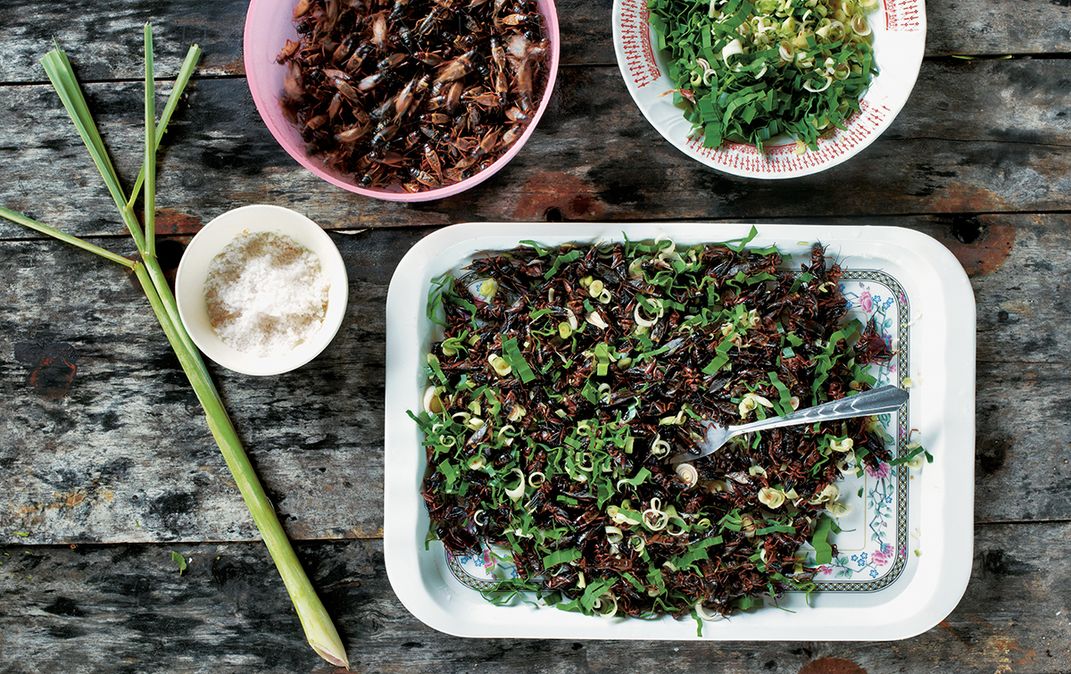
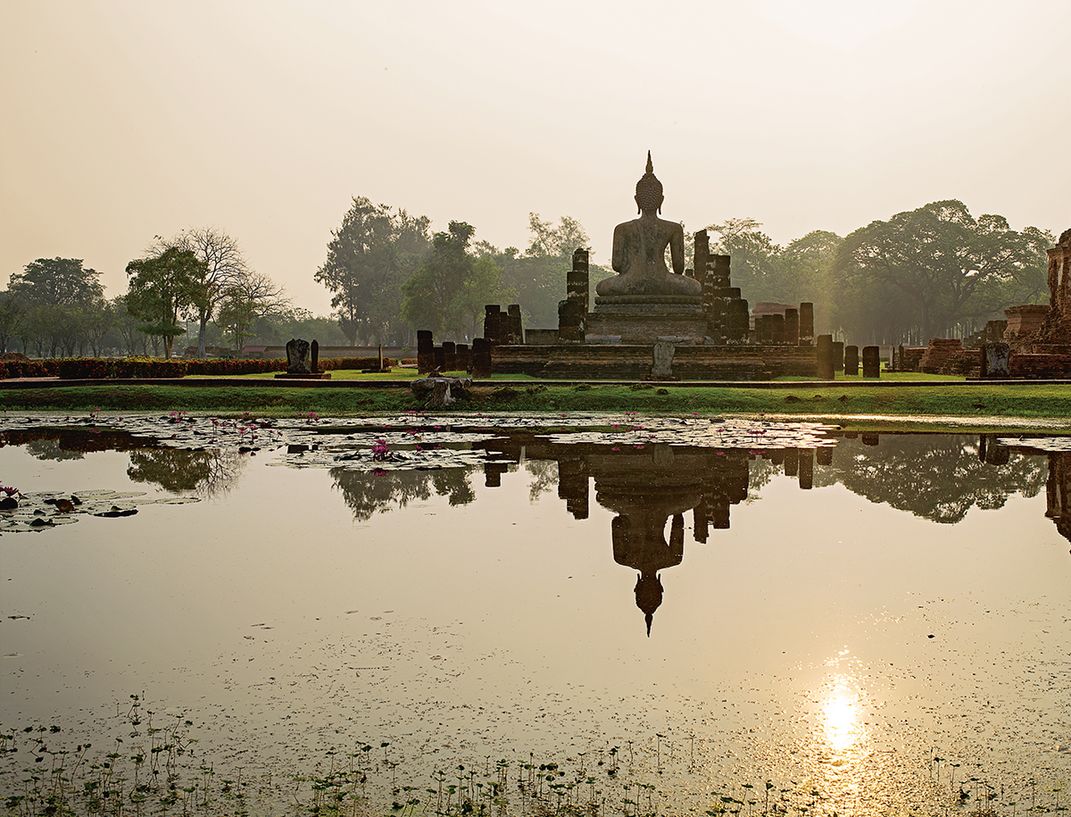
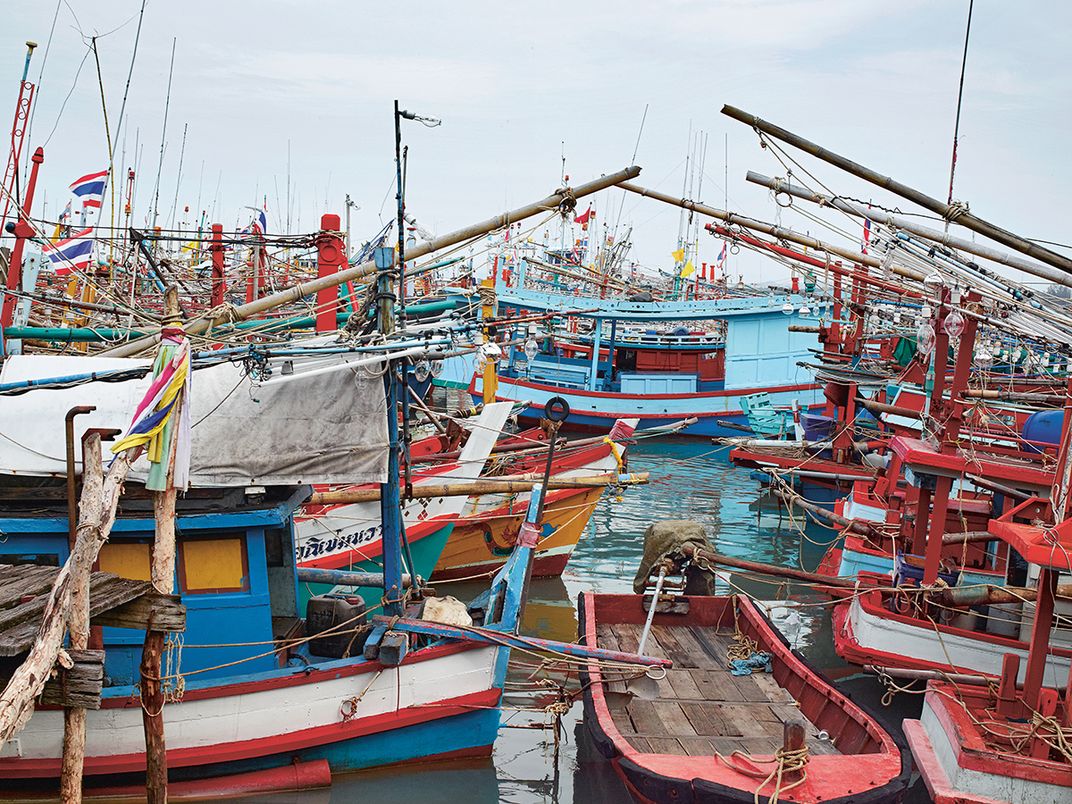
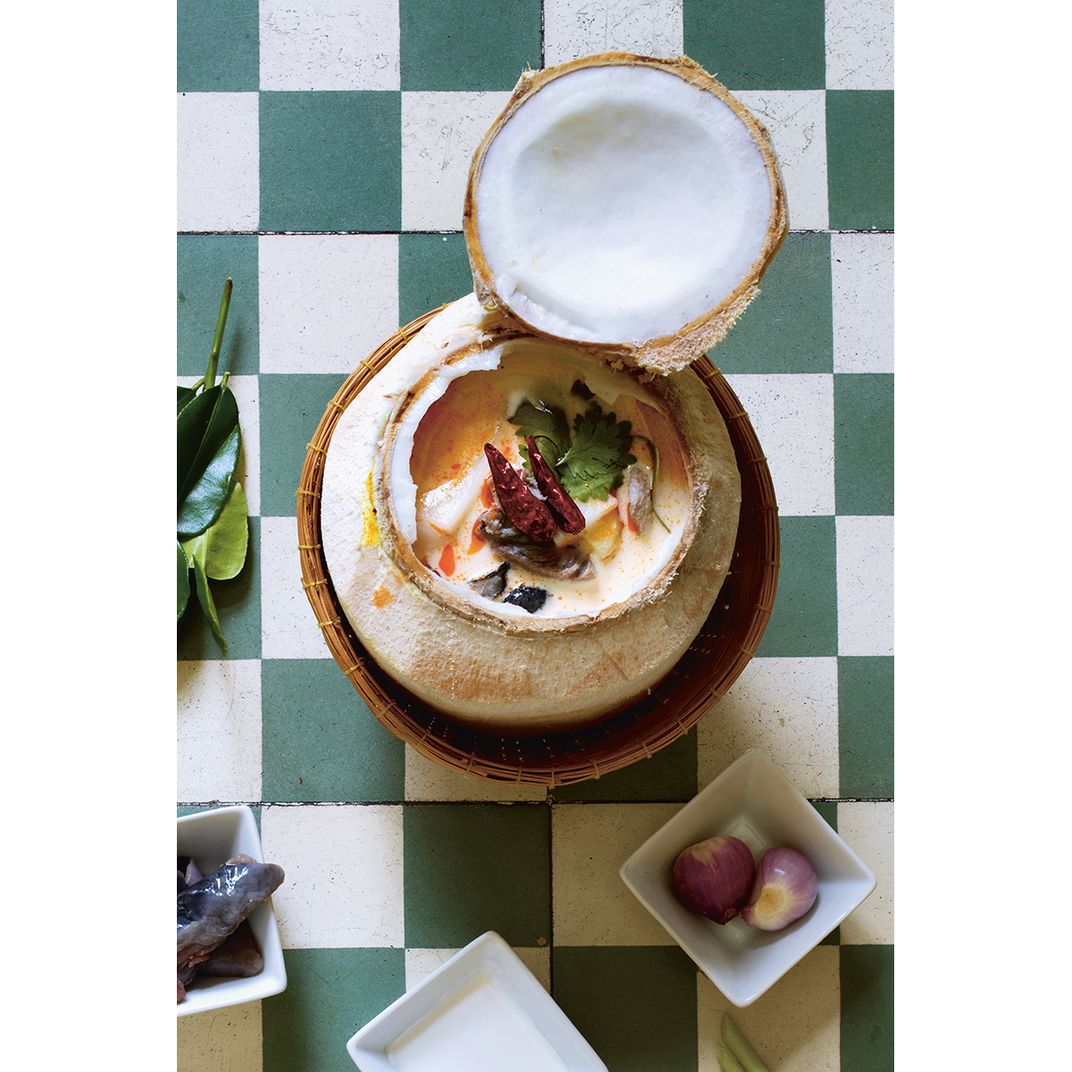
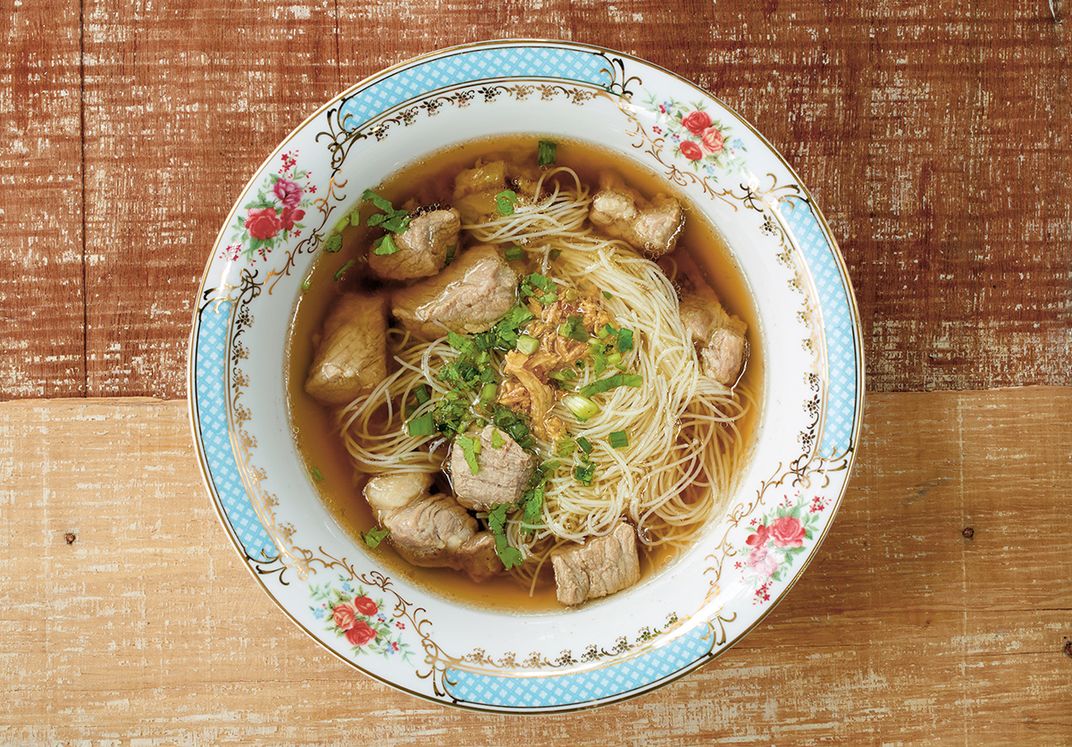
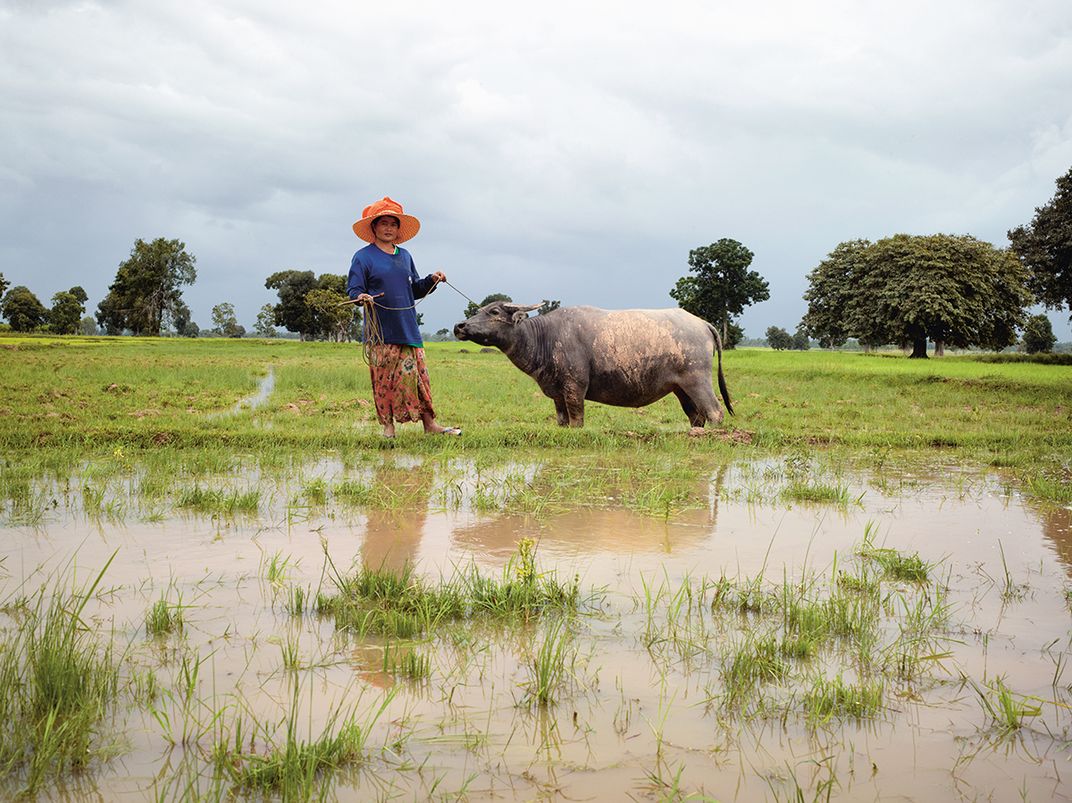
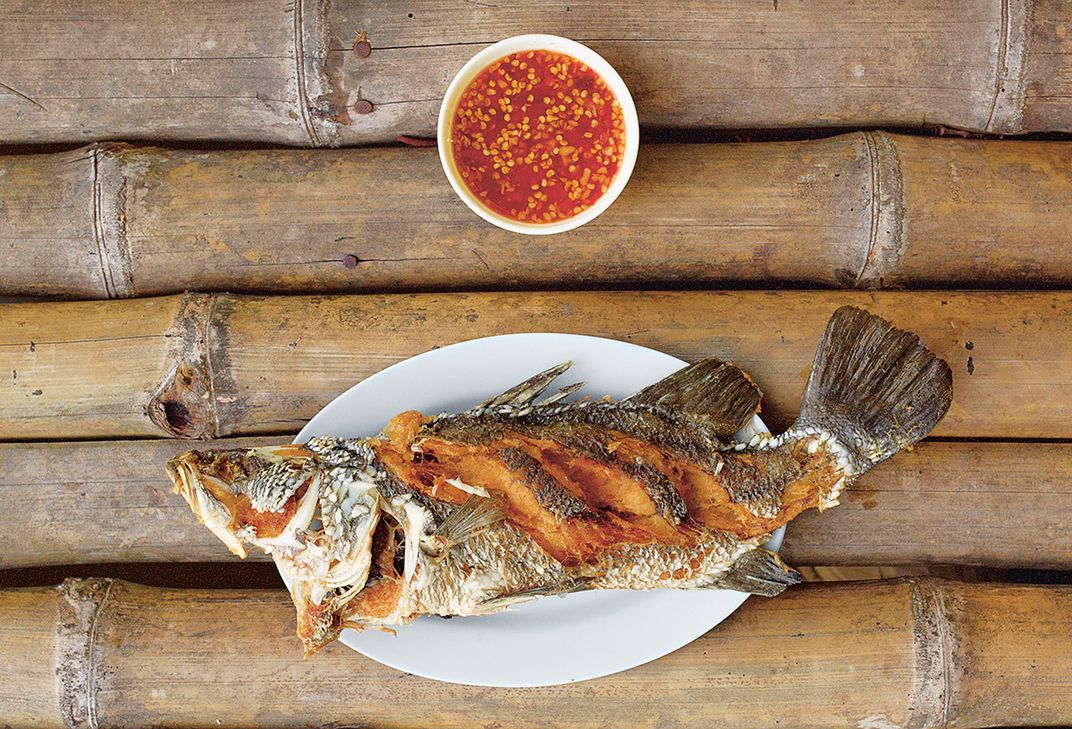
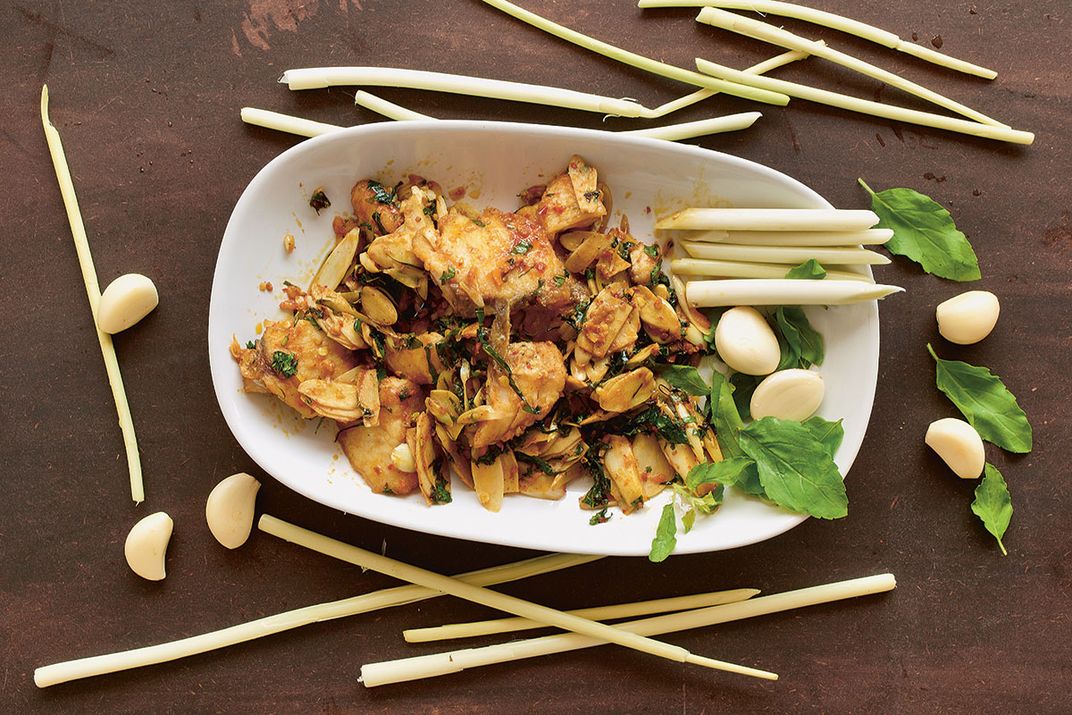

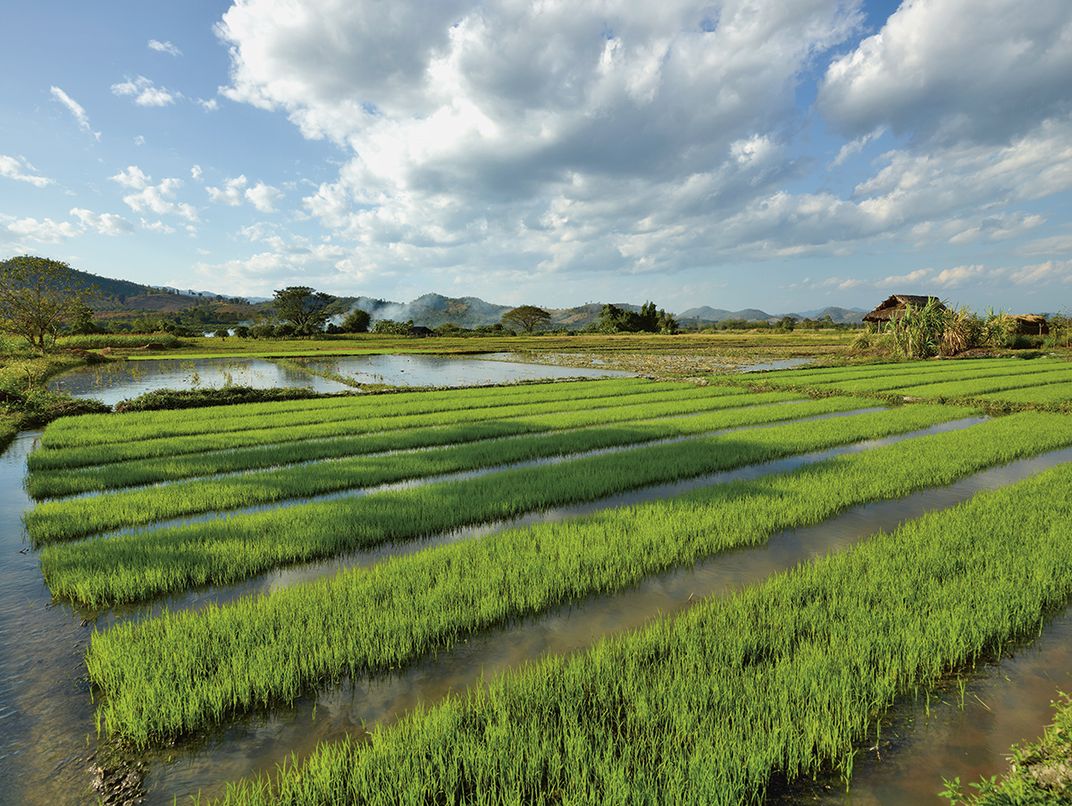
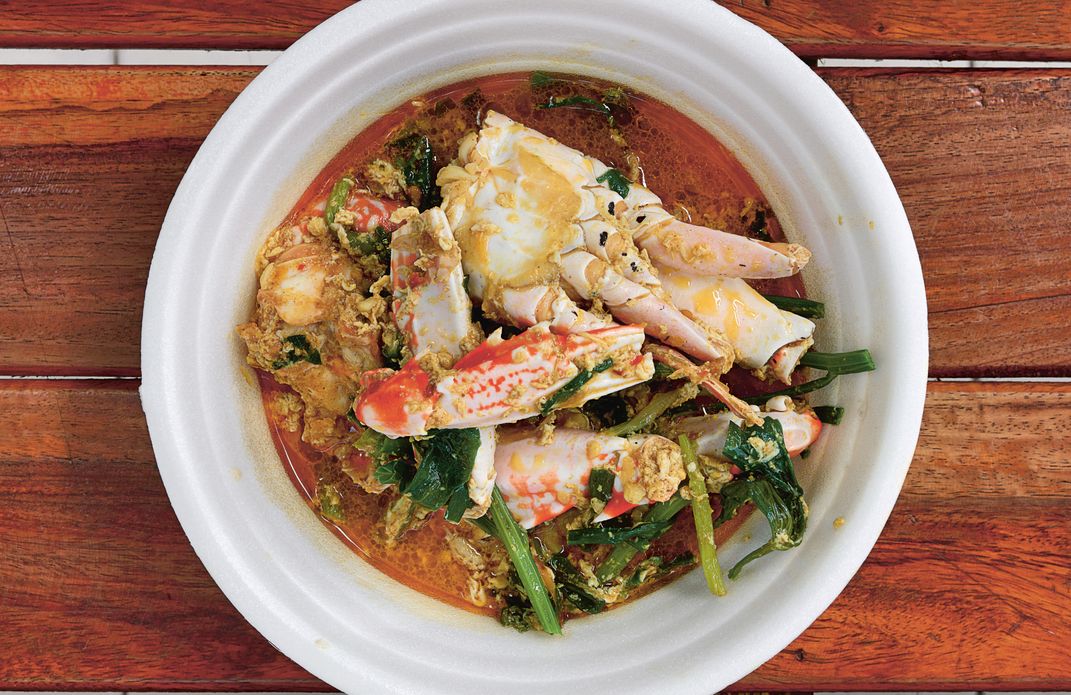
/https://tf-cmsv2-smithsonianmag-media.s3.amazonaws.com/accounts/headshot/shaylyn-headshot.jpg)